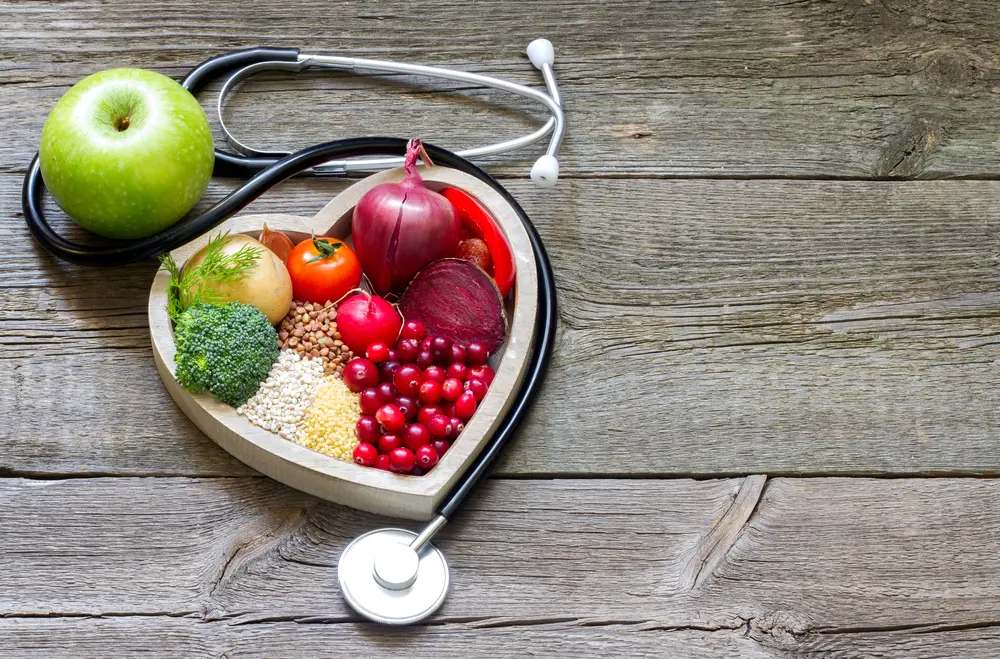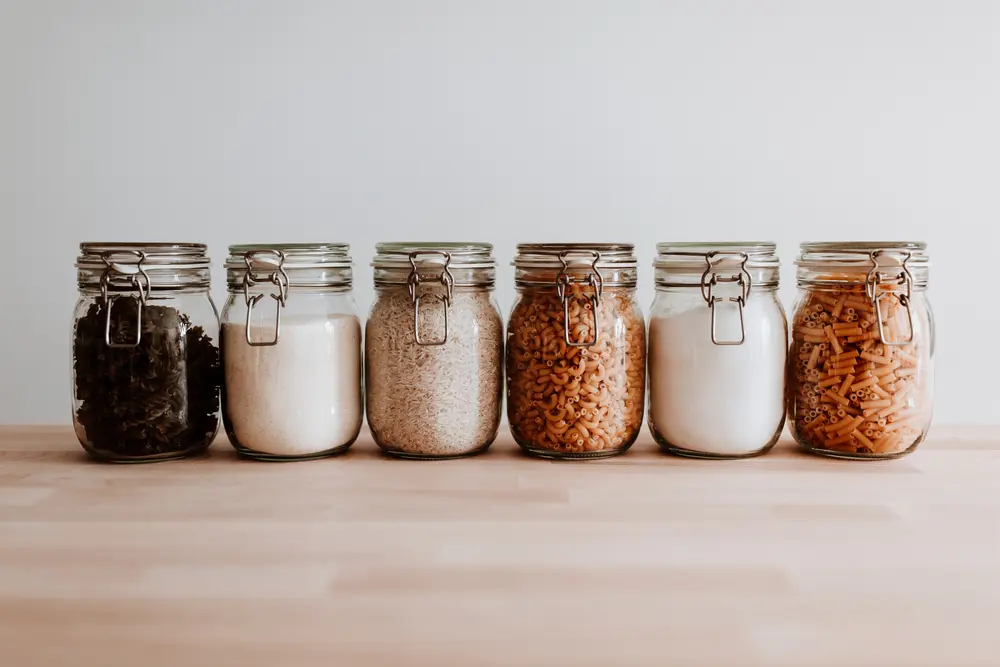
How to read a nutrition label
Knowing how to read the labels on the foods you are picking up at the supermarket can help you make the best choices for your health and avoid unhealthy ones.
Nutrition
By Bio Island Nutrition Team
Knowing how to read the labels on the foods you are picking up at the supermarket can help you make the best choices for your health and avoid unnecessary consumption of alternatively named kilojoules or other dietary requirements.
In Australia our food labels must adhere to strict requirements by law to include information regarding all the ingredients, food allergens, additive listings and the instructions on how to store and prepare the product.
You will find a Nutrition Information Panel on all packaged foods labels and this is an easy way to get a glance as to what is in the product.
But what does all this information mean?

Generally, the information on this panel is broken down into seven main areas; Serving, Energy, Protein, Fat, Carbohydrates, Fibre and Sodium information.
Within the Serving information you will find what the Per Serve and Per 100g of each nutrient for that product. It is better to refer to the Per 100g column, especially when comparing similar products as the serving sizes can differ and therefore be misleading.
In Australia the energy unit is the kilojoule (kJ). This information tells you how much energy density is in the food your eating. The higher the kJ the greater consumption of energy dense foods which can result in weight gain.
When you are looking at the specific nutrients on the panel Protein, Fibre and Sodium are fairly straight forward. But when it comes to Fat and Carbohydrates it can become a little more confusing. This is because they have sub information to understand such as saturated fats and sugars.
A thing to be aware of when reading a nutritional label when it comes to fats (saturated), carbohydrates (sugars) and sodium is to know what other ingredients these can be named as in the ingredients list. For example, saturated fats can be lard, ghee or palm oil, sugars can be listed under golden syrup, dextrose or malt and sodium can also be known as MSG, yeast extract or baking soda.
The amount of any other nutrient or substance about which a nutrition content or health claim is made, i.e. high in calcium, it must also be shown on the information panel.

Another labelling system you can find on packaged products is the Health Star Rating (HSR) system which was developed to be an at-a-glance comparison guide to compare similar foods for the healthiness of the food product. Its provides information about energy content, levels of saturated fat, sodium and sugars. The more stars, the healthier the choice compared to another food in the same category.
An ingredients list will also appear on all food labels in Australia. They appear listed on a label in decreasing order by ingoing weight. So, if a fat, sugar or salt is listed at the start of the list, the product isn’t a healthy choice.
Whether it be the nutritional label or the HSR system you find easier to understand, it is always a good idea to check the foods your wanting to consume, especially those discretionary foods like chocolate and make an informed decision on where you want your daily energy intake to be used.






